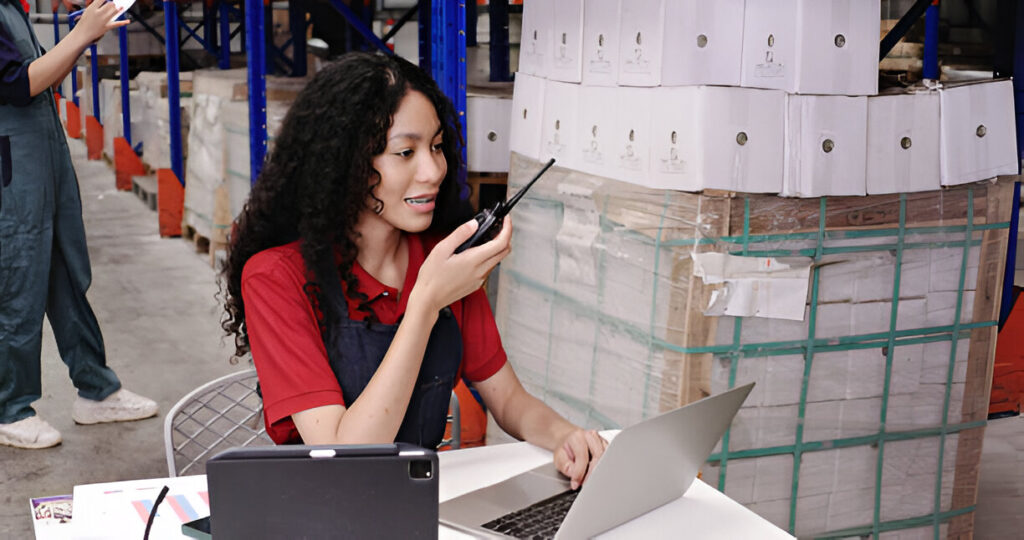Warehouse operations influence everything from order accuracy to delivery speed. As businesses grow and customer expectations evolve, finding ways to streamline these operations becomes increasingly important.
A popular method in recent years is kitting.
Instead of picking and packing each item individually, why not get a preassembled kit that contains everything you need to complete a particular order or production run? It is a simple concept but has enormous benefits, affecting operational efficiency and customer satisfaction.
Our post will explore the many advantages of kitting in a warehouse and why it could make a big difference. It’s a great way to cut labor costs, minimize errors, boost inventory management, and increase productivity.
Check out how it works and why it might be the answer you’ve been looking for.
Top Benefits of Implementing Kitting
In kitting, you group, package, and deliver related items together as one unit. Pre-assembled kits can be used in production lines to streamline assembly or for specific customer orders. Incorporating idea management platforms within your business software suite can also help harness creative ideas and innovation, contributing to overall growth.
Consider an electronics company that makes computers. Instead of picking each component (motherboard, processor, RAM, etc.) separately, the company assembles them in advance. Whenever an order comes in, this kit is ready to ship. This approach simplifies picking, reduces handling time, and ensures all the parts are available when needed.
Here are some of the most notable advantages of implementing kitting in your warehouse operations:
Getting things done faster and more efficiently
Kitting boosts warehouse efficiency. Pre-assembled kits cut down on order picking and packing time. With this streamlined process, each item gets fewer touches, so order fulfillment goes faster.
Cutting costs
You can save a lot of money by kitting. Firstly, it reduces labor costs by minimizing the time workers spend picking individual items. It also reduces shipping costs by optimizing packaging and reducing the number of packages sent. Shipping a single kit instead of multiple separate items can save you a lot of money on transportation.
Improving accuracy and reducing mistakes
Keep your orders accurate to keep your customers happy. You’re less likely to make picking errors with kitting. Pre-assembled kits ensure that all the components are included, so there’s less chance of missing items. As a result, customer satisfaction increases, and return and reshipment costs go down.
Keeping the inventory in check
Kitting can also make your inventory management easier. It’s more convenient to track inventory at the kit level than at the component level. The approach simplifies inventory tracking and management, so it’s easier to reorder materials and monitor stock levels. It can also help you identify slow-moving inventory so you can make better stock management and replenishment decisions.
Taking better care of customers
It’s all about customer satisfaction in today’s competitive market. With kitting, you can make orders faster and deliver them more accurately. Customers are more likely to shop again and leave good reviews if they get their orders fast and without errors.
Streamlining the production process
Pre-assembled kits reduce downtime and increase productivity by ensuring all the parts are available when needed. The method is especially useful in assembly lines where delays can mess up the whole process.
Keeping things flexible and scaling up
Kitting can be tailored to meet the specific needs of any business, whether you’re a small company looking to optimize your operations or a big company looking to handle more orders. Having this flexibility lets you scale your business efficiently as well.
The Best Ways to Implement Kitting
Kitting has a lot of benefits, but it takes careful planning and execution to make it work. These are some best practices to keep in mind:
Look at what you’re doing now
Do a thorough analysis of your current warehouse operations before you implement kitting. Find out where kitting can make a big difference. Consider things like order volume, item complexity, and pick-up time.
Get techy
Inventory management software and warehouse management systems (WMS) can help automate kitting. Track inventory levels, manage kit assembly, and monitor order fulfillment with these systems.
Make sure your team knows what they’re doing
Training is the key to success. Ensure your staff understands the kitting process, including how to assemble kits, track inventory, and handle problems. Comprehensive training can reduce errors and make things run more smoothly.
Keep an eye on things and adjust as you go
Continue monitoring the process to see where it needs improvement. Get feedback from your staff and customers to see how kitting affects your operations. If you ever need to tweak your kitting strategy, use this info.
Don’t overdo it
If you’re new to kitting, start with a pilot program before implementing it everywhere. It’s a great way to test the process, identify challenges, and adjust before going full throttle.
Bring suppliers on board
Make sure your suppliers understand your kitting needs. When you work closely with them, you can streamline the supply chain and ensure you get the parts on time, allowing efficient kit assembly.
Final thoughts
Kitting can revolutionize your warehouse operations, increasing efficiency, saving money, and improving customer satisfaction. Following best practices and understanding the kitting process can help businesses improve their warehouse operations, making them more competitive.
Whether you want to streamline production processes, enhance order fulfillment, or improve inventory management, kitting can provide a scalable and flexible solution.
Read More:

